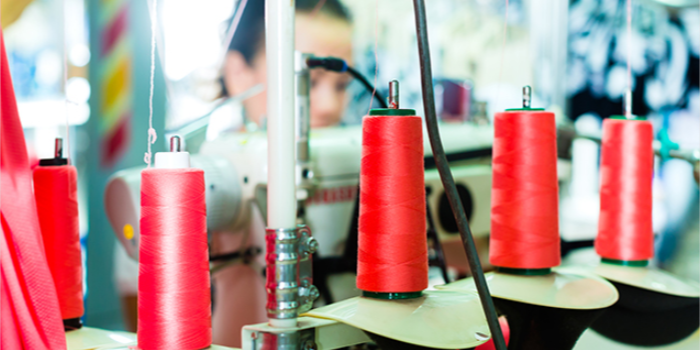
Govt identifies 10 sectors to cut imports
Sectors already identified by the Department of Promotion for Industry and Internal Trade (DPIIT) in consultation with other ministries include capital goods and machinery, mobile and electronics, gems and jewellery, pharmaceuticals, textiles and garments.
While the Indian industry has been asked to set new targets towards building self-reliance in furniture, footwear and air conditioners, the government has parallelly begun laying the groundwork to achieve this in at least 10 promising sectors. Here, the emphasis is on targeting the quality of domestically made products so that “unnecessary†imports can be reduced in these sectors and the nation can find stronger footing in the global value chain.
Sectors already identified by the Department of Promotion for Industry and Internal Trade (DPIIT) in consultation with other ministries include capital goods and machinery, mobile and electronics, gems and jewellery, pharmaceuticals, textiles and garments. India has a natural advantage in these sectors, which can grow to become a strength for the country, according to DPIIT Secretary Guruprasad Mohapatra.
“A lot of work has to be done. Import dependence has to be reduced to the greatest extent possible and domestic manufacturing has to be ramped up, while export potential in these areas have to be explored,†said a senior government official on condition of anonymity. “This work has already begun. Ministries are looking at bringing more investment and making India a major manufacturing destination for their sectors,†the official said.
Various schemes are already geared towards making India a major player in sectors like medical devices, APIs, according to Mohapatra. In some cases, the schemes are repackaged versions of older attempts by the NDA or UPA government to promote domestic production in these areas.
For instance, the government on June 2 invited applications from companies to invest in India under the second phase of the electronics manufacturing scheme, which has a capital outlay of up to Rs 50,000 crore.



